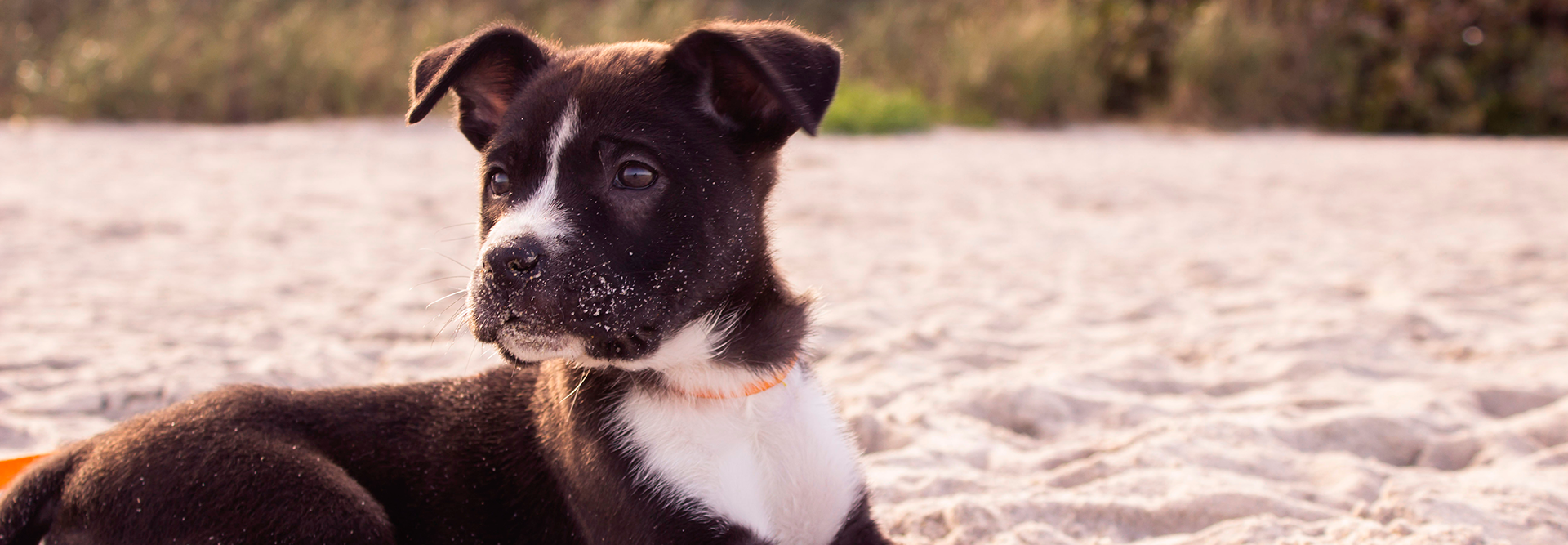Phone: +1 (903) 561-3142

Severe weather is all too common occurrence in the United States, especially if you live in the Gulf Coast. As you gather supplies to prepare for potential future storms, you will also need to think about how to protect your aquarium. It’s easy to forget that aquariums can also be affected by the onslaught of […]
Severe weather is all too common occurrence in the United States, especially if you live in the Gulf Coast. As you gather supplies to prepare for potential future storms, you will also need to think about how to protect your aquarium.
It’s easy to forget that aquariums can also be affected by the onslaught of a raging storm. Whether it’s a lack of circulation or temperature loss (or gain) from a power outage, your aquarium can easily suffer from a storm’s deadly results.
Here are some necessary steps you can take to prepare your aquarium for a severe hurricane or winter storm.
A storm can come with various outcomes in its aftermath. The biggest threat to an aquarium during a storm is a power outage. Why? Because the loss of power means all aquarium equipment you’ve installed to keep your tank flourishing will immediately stop working.
Before you can make preparations, think about what could happen during a power outage and how it can impact your aquarium. We’ve listed some likely scenarios that would need your full attention:
Water circulation (movement) is a key factor in the oxygenation of water. It ensures that your fish, coral, and aquatic plants have enough oxygen to breathe normally. A power outage may decrease water movement in your aquarium because electricity isn’t flowing to your return pumps and powerheads. This can be a problem for your fish and plant/coral life.
Your aquarium may also face a change in temperature during a winter storm or hurricane. Loss of power means your heater will be unable to keep your aquarium pets at a sustainable temperature. Temperature that’s too cold or too hot can result in fish or plant/coral loss.
A lack of filtration is another issue your aquarium will encounter during a severe storm. Biological filtration occurs naturally in a healthy aquarium with beneficial bacteria breaking down ammonia and nitrite to a less toxic compound nitrate. This allows the water to be clean and healthy enough to sustain fish, plants, and other aquatic life. Biological filters need water movement for it to work, however, and in a power outage, your water quality may quickly deteriorate.
Once you’ve considered possible outcomes to your aquarium during a storm, identify the most important things you can provide. Since there isn’t enough time, water circulation, filtration, and temperature should be at the top of your list of concerns.
All other features such as loss of lighting are less important, and may not even be an issue at all to your coral and plant life. Many aquatic species slow down as a way to conserve energy, which means they won’t really need light for awhile.
To manage your aquarium’s circulation and filtration, we recommend purchasing a battery air pump. This equipment can give your water the movement it needs to oxygenate your entire aquarium. You can prevent your aquarium’s temperature from dropping by insulating it with emergency thermal blankets. These blankets work by reflecting thermal heat and keeping it in, leaving your aquarium at a stable temperature.
Preparing for an incoming storm is important to ensure the safety of your aquarium. For most, aquariums are like a members of the family in the same way as dogs and cats. As such, following these tips and considering all possibilities is a step in the right direction.